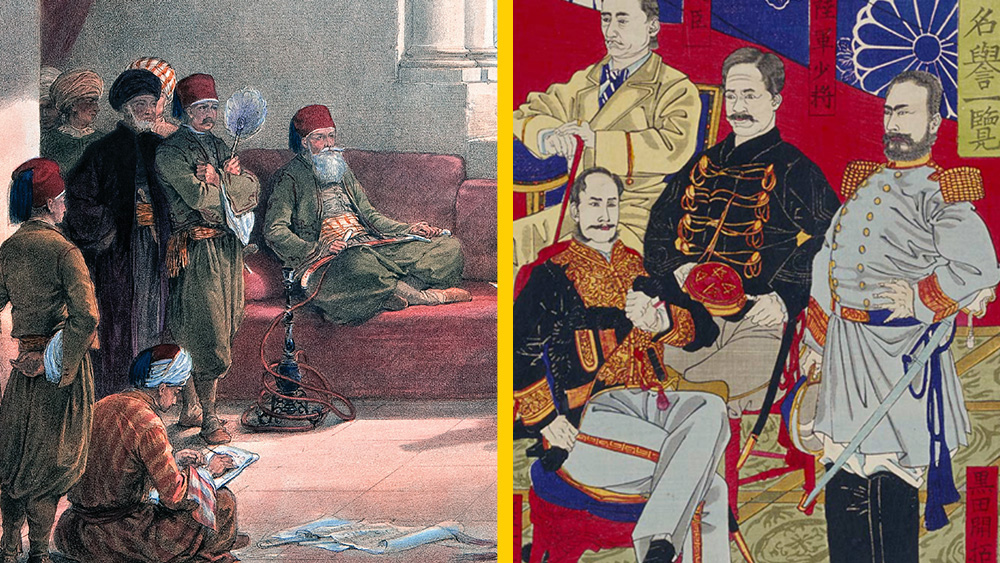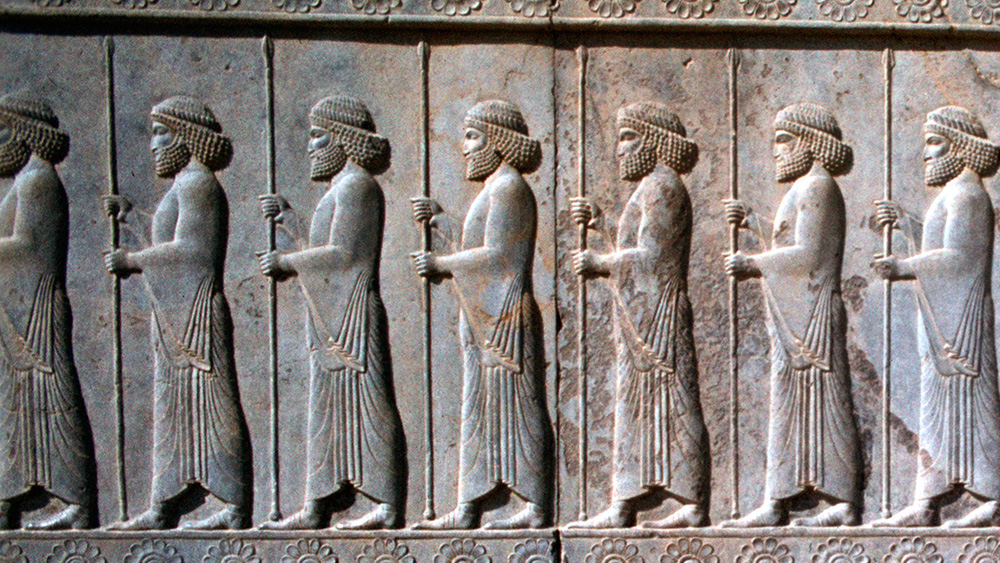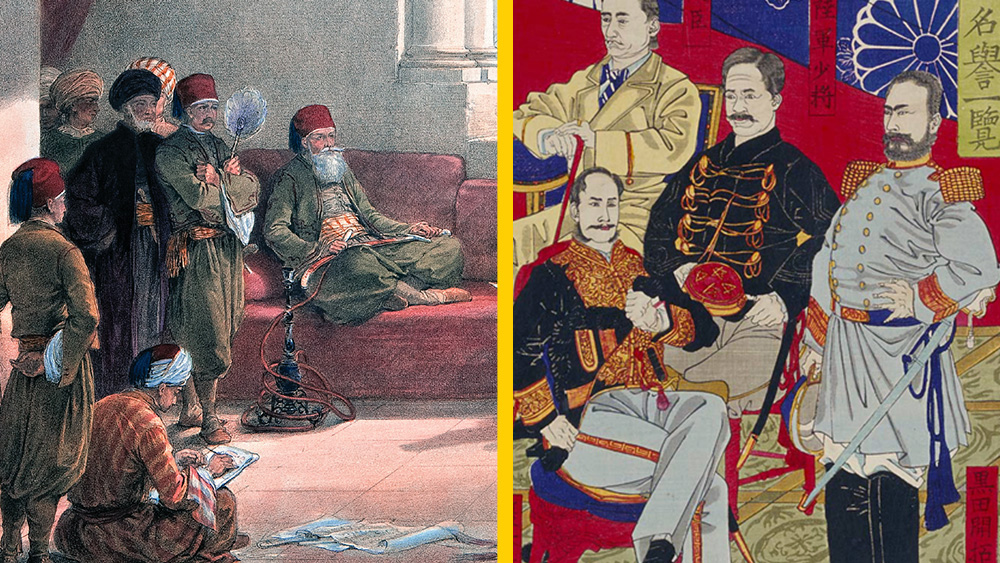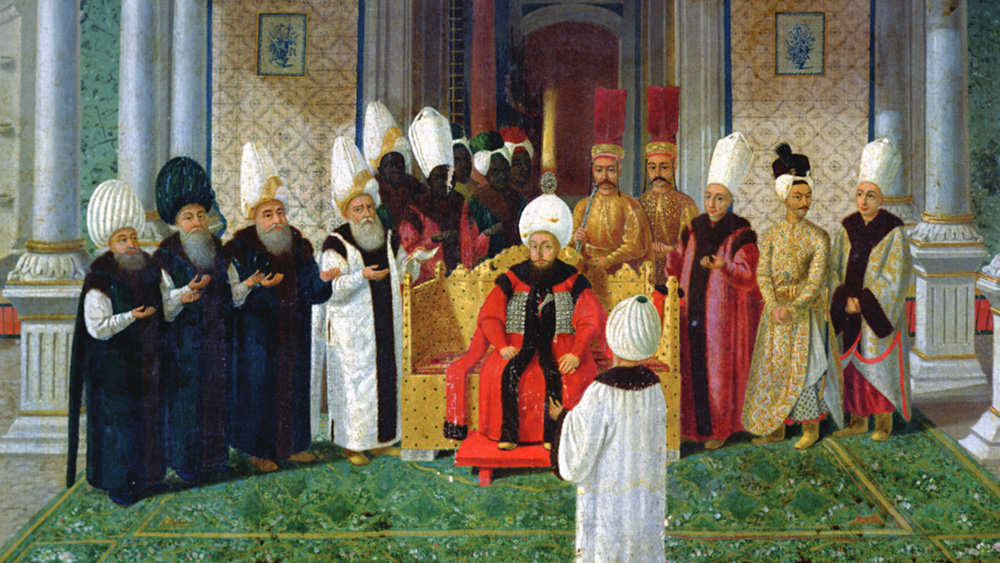Comparison
Historical comparison requires reaching beyond superficial commonalities. The real question is why? Why do so many societies seem to follow similar patterns of expansion and decline? How do we account for the ways cultures with similar material conditions develop in opposite directions? These comparison materials help students master this key skill.

 Teaching This Skill
Teaching This Skill

Comparison One-Pager
Compare and contrast is a fundamental historical thinking skill.

Comparison Tool
A thinking tool that helps students develop their understanding of comparison.

Comparison Feedback Form
Provide specific and detailed feedback to build historical comparison skills.

The elements of comparison: A Cold War case study
Teach comparison’s building blocks with Cold War cartoons so students question historical narratives and craft sharper, original contrasts.
Featured Materials
Comparison: Life in the Neolithic and Today

Activity
Comparison: Life in the Neolithic and Today
Explore the similarities and differences between life during the Agricultural Revolution and today in this introduction to the Comparison Tool.
Comparison: Life in 1200 and Today

Activity
Comparison: Life in 1200 and Today
The thirteenth century seems like a long time ago. But was life so different? Explore the similarities and differences between life in 1200 and today in this introduction to the Comparison Tool.
Comparison: Life in 1750 and Today

Activity
Comparison: Life in 1750 and Today
The eighteenth century seems like a long time ago. But was life so different? Explore the similarities and differences between life in 1750 and today in this introduction to the Comparison Tool.
Lessons

Lesson 4.4
Comparing Ancient Empires
Empires rise and fall. Dive into a selection of the ancient world’s great empires, comparing what made them unique and identifying similarities in what caused their growth and collapse.
View Lesson

Lesson 3.5
Industrialization in Egypt and Japan
Industrialization didn’t look the same everywhere. Egypt and Japan show how different goals, pressures, and decisions led to very different outcomes.
View Lesson

Lesson 1.6
Eurasian Land-Based Empires in 1750
Meet the Ottomans, Mughals, and Tokugawa Shogunate, three empires of Eurasia. Who were they? What were their strengths? And what challenges could threaten these mighty forces?
View Lesson
Materials
Comparison: Egypt and Japan

Activity
Comparison: Egypt and Japan
By comparing across multiple locations or spatial scales, we can see how industrialization was adopted differently in many areas of the world at this time.
Empire Building

Activity
Empire Building
What makes an empire strong? What leads to an empire’s downfall? Analyze the characteristics of different empires as you work to create the best, most successful, and indestructible empire.
Comparison: Networks of Exchange

Activity
Comparison: Networks of Exchange
Get ready to analyze the Silk Roads, Indian Ocean routes, and trans-Saharan trade to see what connected them and what made each unique.